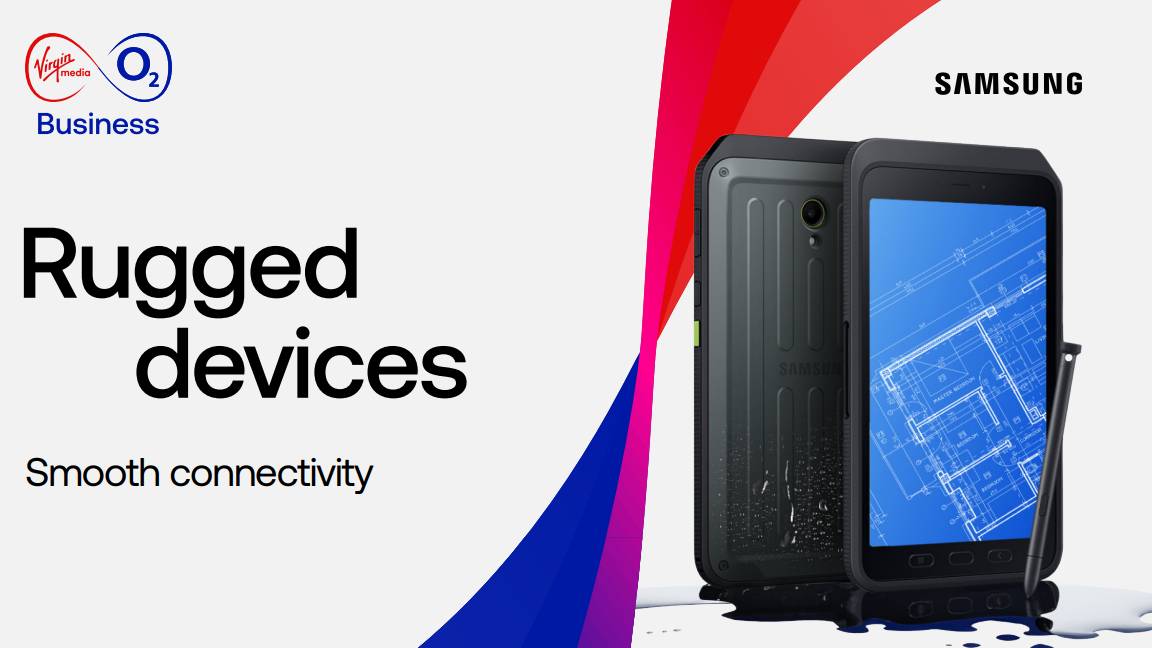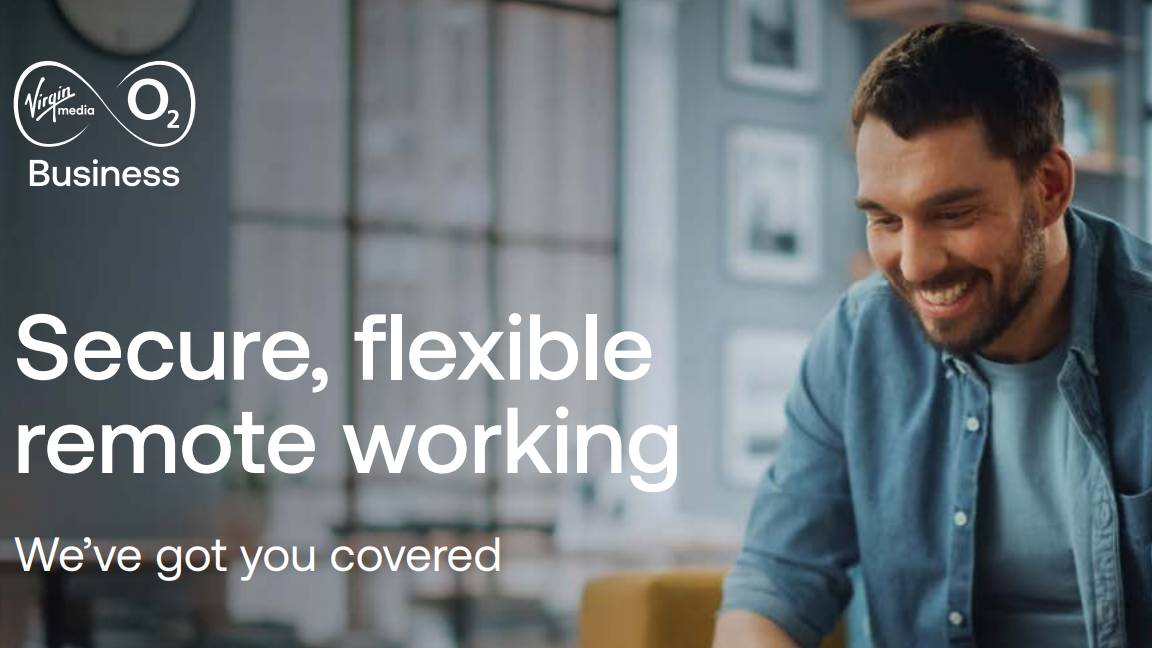Hybrid work means we’re burning out harder and faster than ever
Technology has fueled an always-on culture that’s turbocharged a new breed of burnout, but technology can also come to the rescue


Technology has played a key role in establishing new ways of working since 2020, but it means our work and personal lives have converged. For some among us, it means working longer hours, with less physical separation between work and home life.
For many, too, the working day now involves back-to-back virtual meetings with little time for creativity or informal connection – both of which are fundamental elements of the overall experience. Recruitment, onboarding, and learning have also been challenged by the lack of in-person contact, with some employees feeling disconnected and unsupported.
It hasn’t been all bad, though. Flexible schedules have been a huge help for people with care needs, while many appreciate dropping the hours-long commute every day. That freedom has indeed been harnessed in positive ways to rebalance work and life.
Evidently, everything changed, but not everybody felt the change equally. Technology is promoting an always-on culture and workers are burning out harder and faster as a result. Thankfully for businesses, though, these same technologies can be pivoted to stripping away the downsides of hybrid work.
Did COVID-19 really cause productivity to rise?
Several studies into the effects of working from home during the pandemic have linked the lockdown with a rise in productivity, but the University of Essex and the University of Chicago conducted joint research that found the opposite.
RELATED RESOURCE

This study was unique in studying metrics rather than reported feelings, comparing productivity before and after the remote working phase of COVID-19 based on analysing data from more than 10,000 people working in a large Asian IT company.
The study found while total hours worked increased by roughly 30% – including an 18% rise in out-of-hours working – average output did not significantly change. Technology played a central part in facilitating this odd shift in working hours. The time spent in meetings powered by videoconferencing rose significantly during the pandemic, as did email traffic.
Get the ITPro daily newsletter
Sign up today and you will receive a free copy of our Future Focus 2025 report - the leading guidance on AI, cybersecurity and other IT challenges as per 700+ senior executives
Meetings could often break into what would otherwise be periods of uninterrupted work, which may have caused concentration loss and taken workers longer to complete tasks. The research also found while there were more meetings overall, there were fewer supervision meetings and coaching sessions.
“Our explanation is that there were more distractions at home – especially with children – and that the costs of communication and collaboration were significantly higher away from the office,” said Dr Christoph Siemroth, who worked on the study.
“Time in formal meetings increased a lot, including teleconferences and email traffic also went up. Meetings and other coordination activities appeared to disrupt “focus time” when employees were able to work without interruption.
“Additional evidence for this view is that employees networked less – they had fewer contacts with colleagues and business units both inside and outside the firm. Despite having more meetings, staff had fewer supervision meetings or coaching sessions.”
This is, however, just one study and others demonstrate the opposite. Those reliant on self-reporting show staff benefit from increased wellbeing, higher productivity and satisfaction, according to research by the UK Parliament. The picture is certainly mixed, and it isn’t an exact science.
Fighting the always-on culture
What’s clear is the lines are blurring between remote workers’ work and personal lives, a development that Toby Pochron, employment director at law firm Freeths, suggests has continued post-pandemic.
RELATED RESOURCE

Making the switch
Realise the benefits of IP technology ahead of the digital ‘switch-on’
“With the ability to access work from the comfort of their homes, the line between work and personal time has become blurred,” he says, pointing to how always-on technologies have exacerbated this problem.
Workers, for example, are constantly connected to not just friends and family but colleagues and employers through the same devices. The ever-present ability to check emails, for example, is a major problem. Once emails are checked, if “urgent” things are identified, there is a temptation to deal with them immediately, even if that means outside working hours. He also identifies virtual meeting fatigue – too many meetings, too frequently, which can lead to a feeling of stress and burnout.
Amy Finn, people and talent expert, PA Consulting adds another dimension to the levels of stress and anxiety the “always on” culture can bring. She points out that hybrid working allowed some firms to focus on globalization or international working. This brings with it challenges as “employees have found they need to flex working patterns and work longer hours in order to collaborate with virtual teams”. This often removes workers’ control over schedules and may, again, contribute to longer working and out-of-hours working.
Using tech to fight the new burnout
Just as technology is a contributing factor to the new burnout, it can be used to help alleviate it. But it’s vital to recognize that technology is not the answer to burnout, just one tool in the box.
Pochron suggests time management and productivity tools, mental health and wellbeing apps, and automation can all play a part in helping people manage their work-life balance and avoid burnout. He’s clear that managers need to take a positive role here, for example, “using software to track the performance of remote workers and adjust their workload, or provide them with additional support when necessary”.
Finn echoes this point, telling ITPro that employees need to take control of setting boundaries, but that there’s also a responsibility for the organization to “reset the boundaries and work with their people to define the new rules of engagement”.
The Gallup report Amplifying Wellbeing at Work and Beyond Through the Power of Recognition, published in 2022, showed fulfilling employee recognition can reduce burnout such that employees are up to 90% less likely to report being burned out at work "always" or "very often".
Technology can play a part here through digital recognition programs which support, celebrate and promote wellbeing and allow coworkers to bond across remote working situations. Gallup says such programs can help workers get to know each other and fortify social wellbeing.
In all of this, it is vital to realise a few home truths. Firstly, technology is a tool and, used poorly, it can fuel the problem of burnout. Used well, however, it can be a mitigation. Secondly, people are all different, and what one might see as a perfectly fine work pattern that doesn’t generate burnout, another might find challenging. Finally, the need for people to feel connected, valued and well-rewarded is equally important whether work is entirely from home, hybrid or office based.

Sandra Vogel is a freelance journalist with decades of experience in long-form and explainer content, research papers, case studies, white papers, blogs, books, and hardware reviews. She has contributed to ZDNet, national newspapers and many of the best known technology web sites.
At ITPro, Sandra has contributed articles on artificial intelligence (AI), measures that can be taken to cope with inflation, the telecoms industry, risk management, and C-suite strategies. In the past, Sandra also contributed handset reviews for ITPro and has written for the brand for more than 13 years in total.
-
 Bigger salaries, more burnout: Is the CISO role in crisis?
Bigger salaries, more burnout: Is the CISO role in crisis?In-depth CISOs are more stressed than ever before – but why is this and what can be done?
By Kate O'Flaherty Published
-
 Cheap cyber crime kits can be bought on the dark web for less than $25
Cheap cyber crime kits can be bought on the dark web for less than $25News Research from NordVPN shows phishing kits are now widely available on the dark web and via messaging apps like Telegram, and are often selling for less than $25.
By Emma Woollacott Published
-
 Young tech professionals are shunning a full-time return to the office – unless it pays more
Young tech professionals are shunning a full-time return to the office – unless it pays moreNews Young tech professionals who entered the workforce post-pandemic expect on-site work to be paid more than remote options.
By Emma Woollacott Published
-
 ‘Employers must look at the bigger picture’: Brits aren’t keen on going back to the office, and enterprises pushing for it risk a talent exodus – 48% of UK professionals would quit if faced with a full RTO mandate as hybrid work remains popular
‘Employers must look at the bigger picture’: Brits aren’t keen on going back to the office, and enterprises pushing for it risk a talent exodus – 48% of UK professionals would quit if faced with a full RTO mandate as hybrid work remains popularNews Nearly half of professionals would consider quitting rather than returning to the office full time
By Nicole Kobie Published
-
 IT professionals aren’t budging on flexible work demands – and more than half say they’ll quit if employers don’t meet expectations
IT professionals aren’t budging on flexible work demands – and more than half say they’ll quit if employers don’t meet expectationsNews Analysis from Randstad shows 40% of UK-based IT pros have quit over a lack of flexible work options, while 31% of workers globally have done the same.
By Ross Kelly Published
-
 'Digital hide-and-seek': Workers are wasting hundreds of hours a year sourcing the information they need to carry out their role
'Digital hide-and-seek': Workers are wasting hundreds of hours a year sourcing the information they need to carry out their roleNews Knowledge workers globally are wasting a quarter of their working week tracking down information, new research from Atlassian has revealed.
By George Fitzmaurice Published
-
 'The tide seems to be turning towards office attendance': 64% of hybrid business leaders want staff back in the office – but many worry that enforcing RTO mandates will drive employees away
'The tide seems to be turning towards office attendance': 64% of hybrid business leaders want staff back in the office – but many worry that enforcing RTO mandates will drive employees awayAnalysis Many UK business leaders want their staff back in the office more frequently, but they’re scared to implement return to office (RTO) mandates in fear of worker revolts.
By George Fitzmaurice Published
-
 Employees are dead set on flexible working arrangements – three quarters would turn down a role that didn't offer hybrid options as work-life balance becomes more important than pay
Employees are dead set on flexible working arrangements – three quarters would turn down a role that didn't offer hybrid options as work-life balance becomes more important than payNews New research shows workers are increasingly demanding flexible working arrangements from employers.
By Emma Woollacott Published
-
 Rugged devices
Rugged devicesWhitepaper A closer look at the challenges and rewards of fully supporting a flexible workplace
By ITPro Published
-
 Secure, flexible remote working
Secure, flexible remote workingWhitepaper A closer look at the challenges and rewards of fully supporting a flexible workplace
By ITPro Published